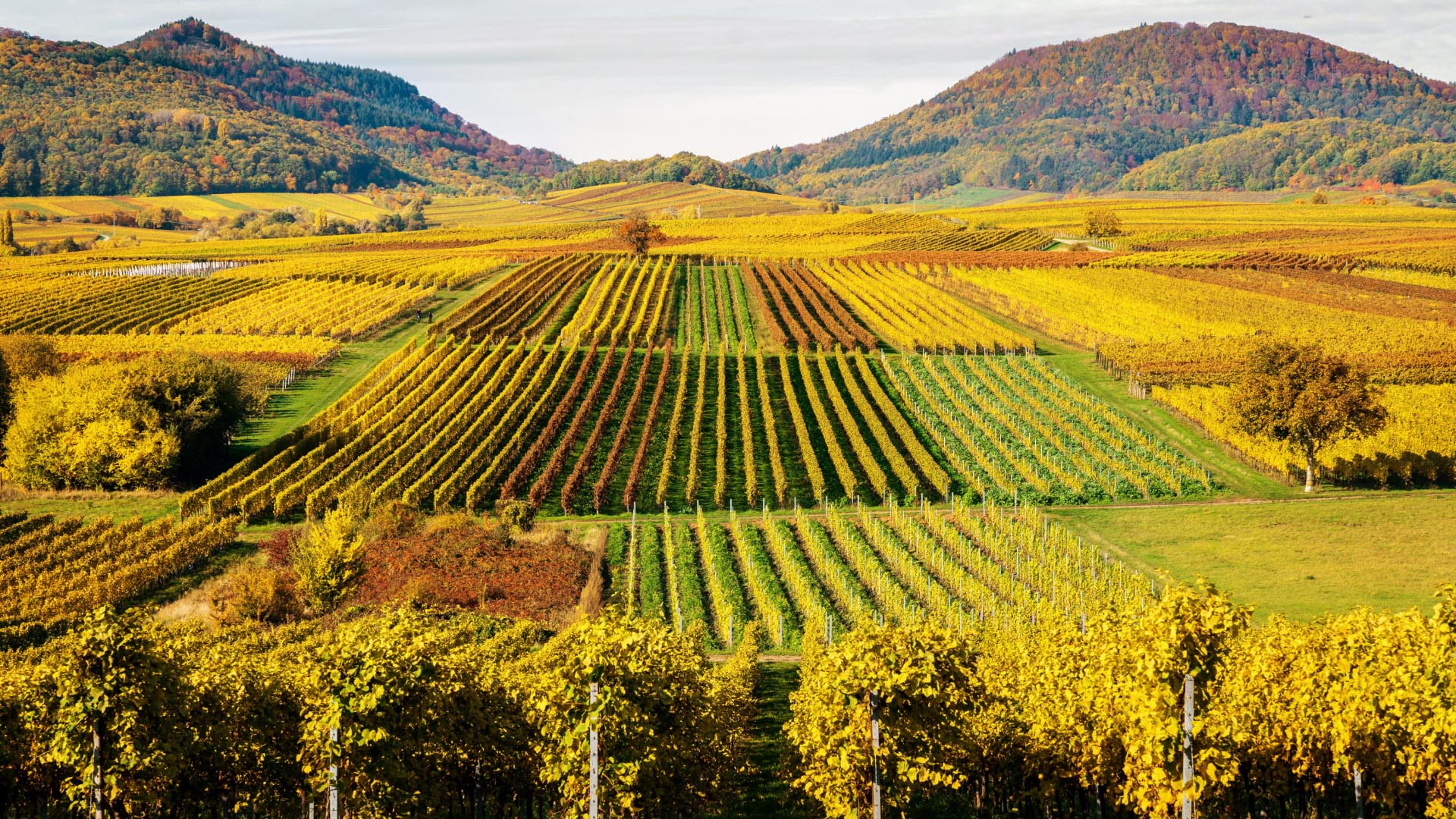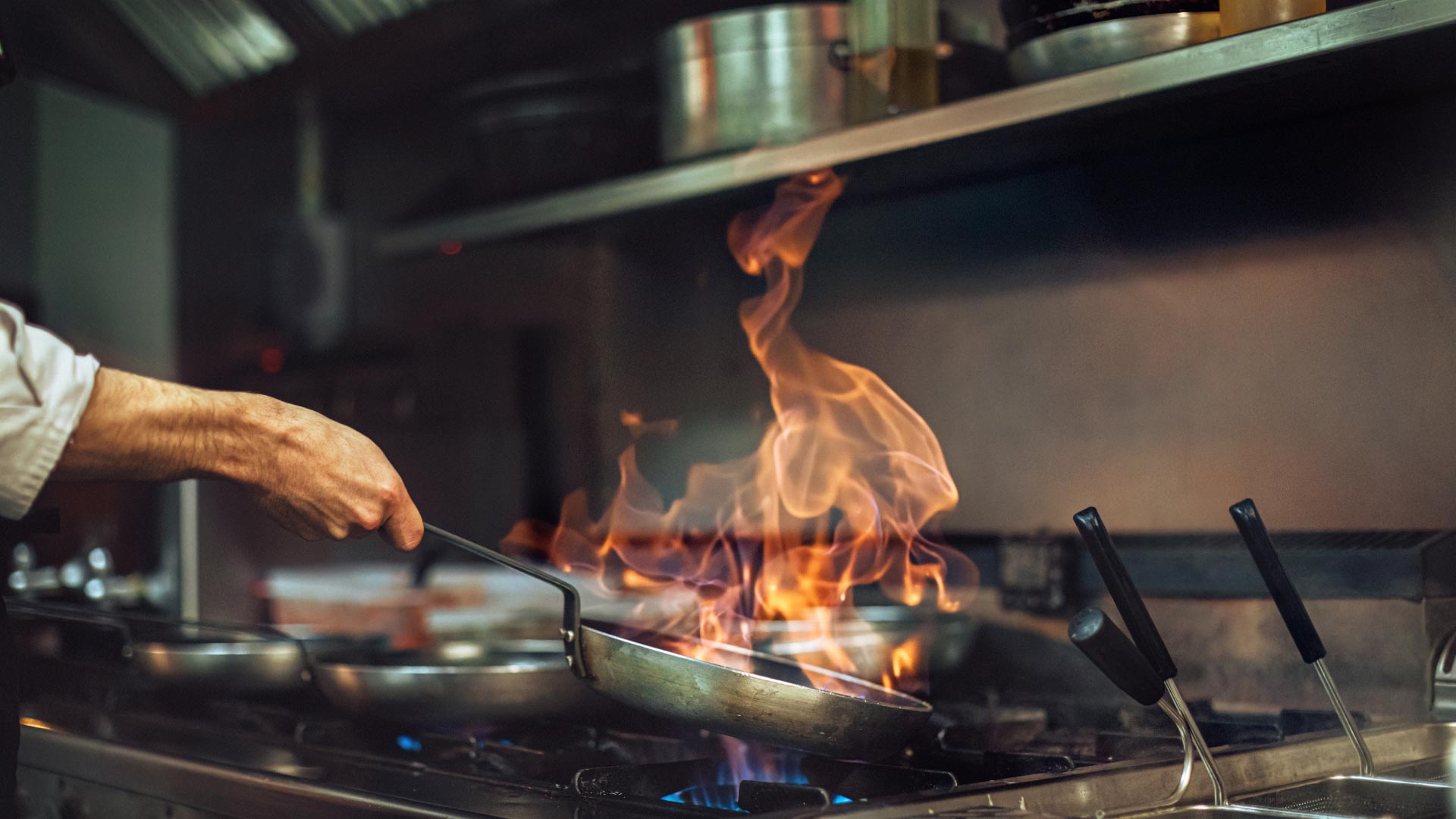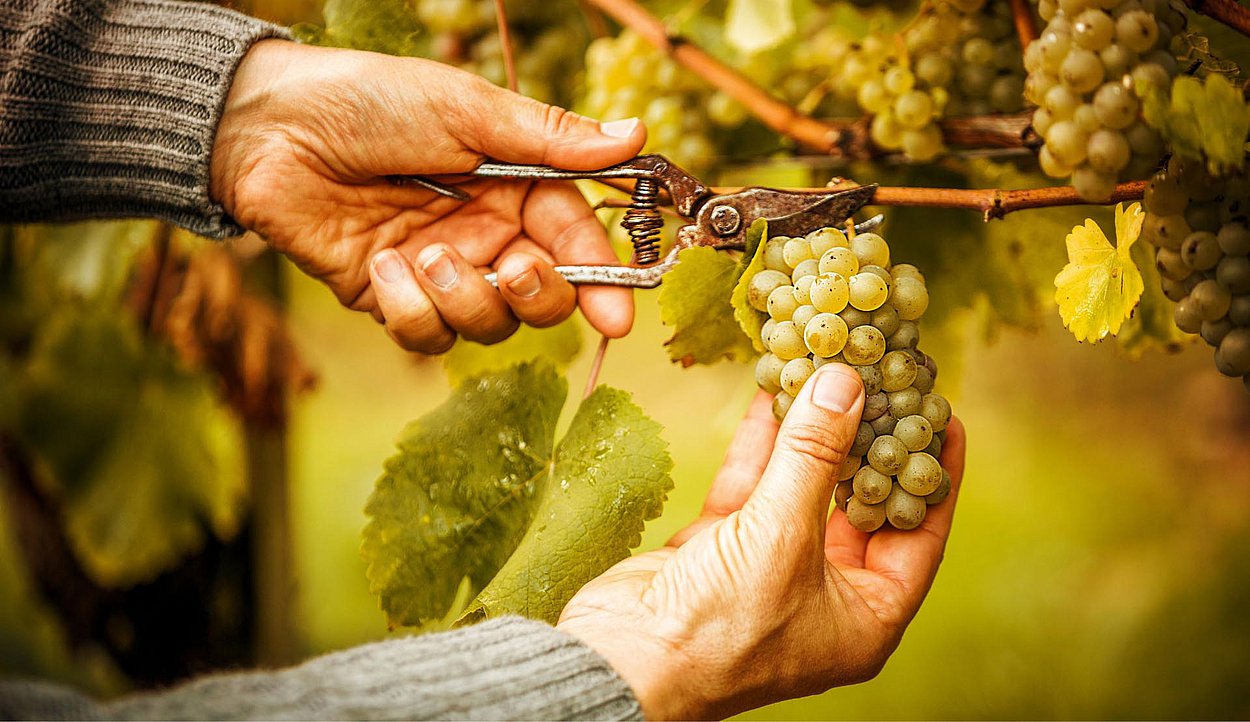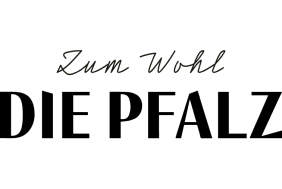Looking to live the good life? It’s an understandable impulse. But take it from us: the truly good life is right next door – in Palatinate. With some 1,800 hours of sunshine, Palatinate is one of the mildest regions in Germany and can still be said to have a “cool climate.” It’s something you’ll notice not only in the wine but also in the state of mind of those you meet there: despite the heavenly conditions, we like to stay grounded. After all, it’s also the good earth and the wide variety of soil and rock that make our wines so unique.
(copy 7)
Indulge in the royalty of the Palatinate
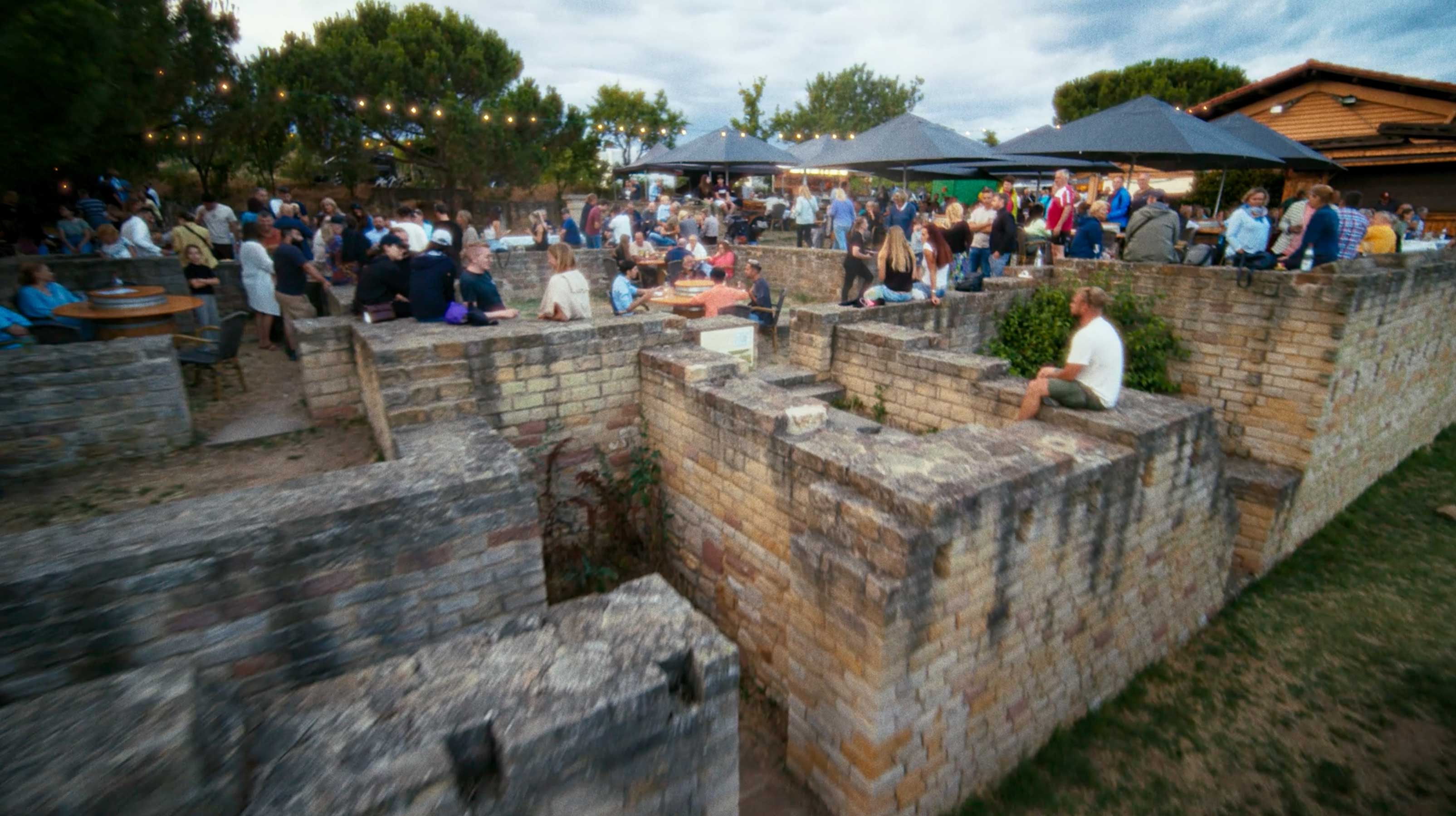
Cultivated area
With more than 23,700 hectares under cultivation, Palatinate is Germany’s second-largest wine-growing region, and the 5,971 hectares of Riesling are even considered world-class. White wines make up 68 percent of the area, and red wines and rosé are the other 32 percent.
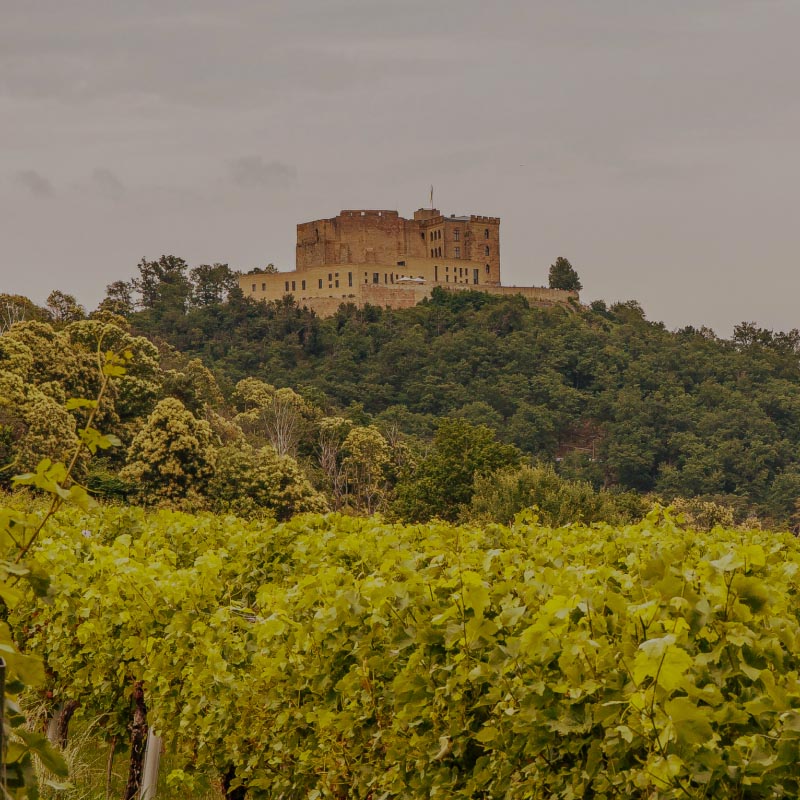
Hambach Castle
In 1832, tens of thousands of people demonstrated and celebrated for freedom and civil rights in front of the ruins of Hambach Castle as part of the German democracy movement. The surrounding vineyards provide a spectacular backdrop to this historic site.
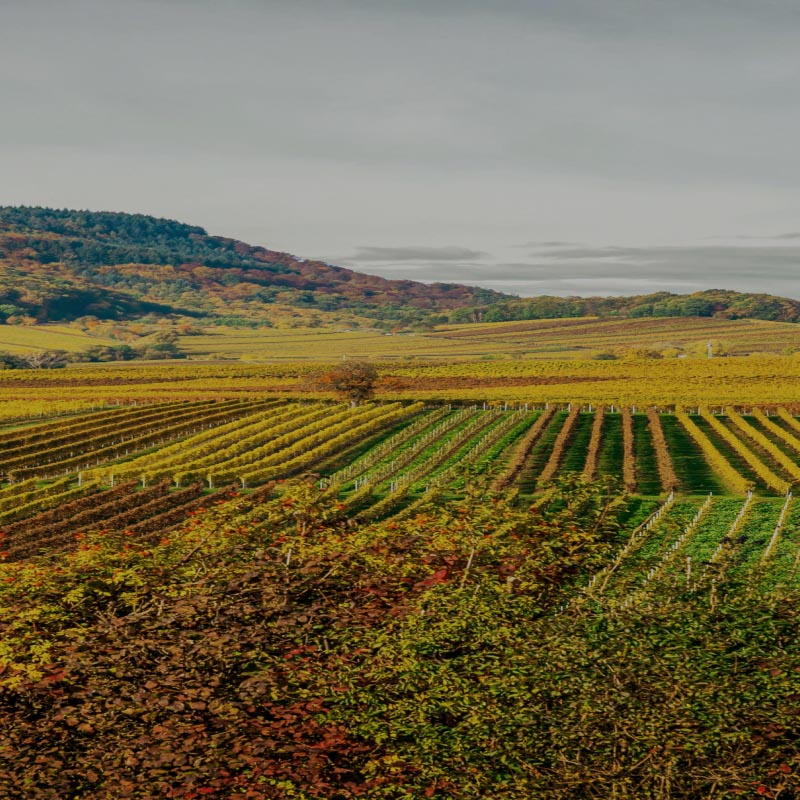
The German Wine Route
One of Germany’s most famous wine routes runs through the Palatinate region. This 85-kilometer scenic route will take you past picturesque vineyards and allow you to visit wine villages, wineries and seasonal wine taverns where you can purchase bottles of wine directly from the producers.
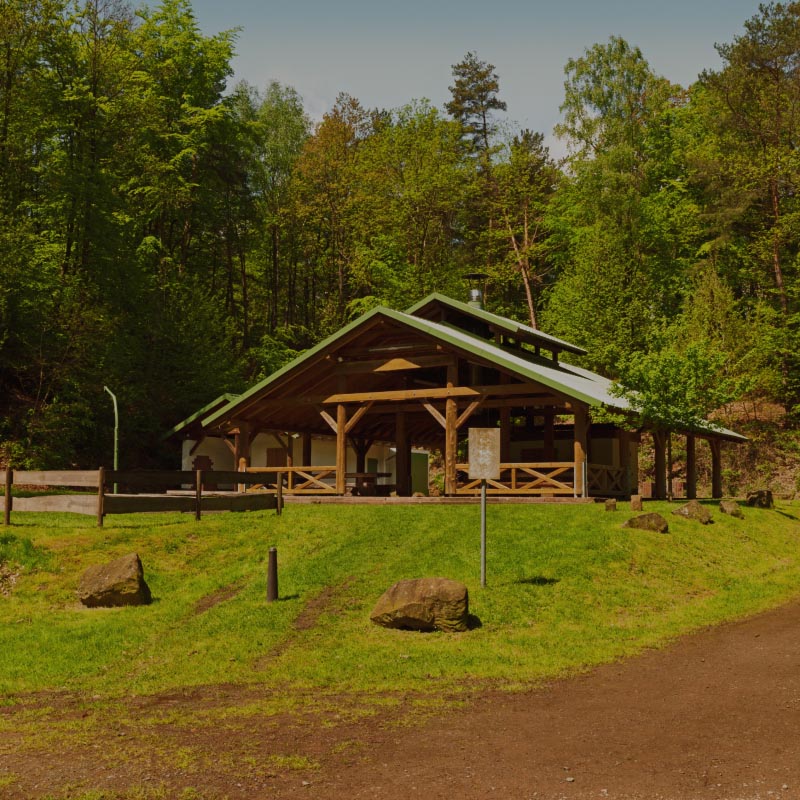
Palatinate forest huts
The best way to explore Germany’s largest contiguous forest area, Palatinate Forest, is by hiking through it. It’s a good thing we have a dense network of more than 100 staffed hiking huts where you can stop off when your feet get tired.

Speyer Cathedral
Rhineland-Palatinate is home to all three of Germany’s imperial cathedrals, but if you only have time for one, check out the one in Speyer. It’s the largest preserved Romanesque church in the world and a landmark of superlatives in other ways as well, so it’s no surprise that it is UNESCO World Heritage.
Further information can be found here:
Tourism and Experience
Investments
Make it in Rhineland-Palatinate
